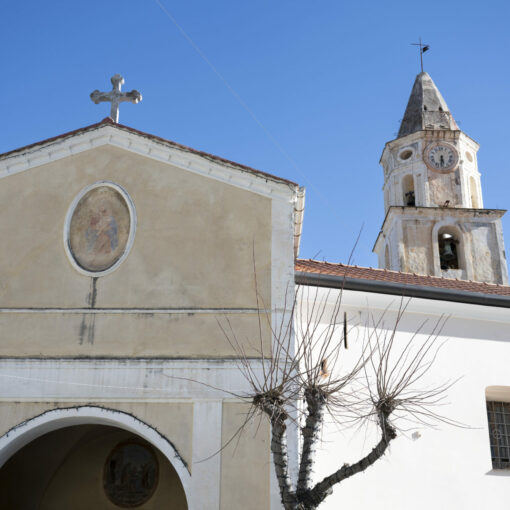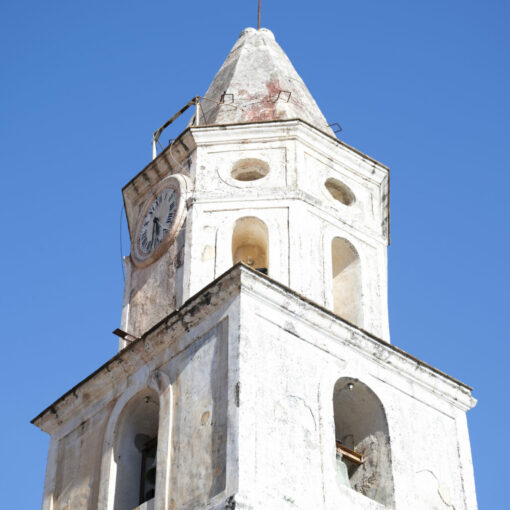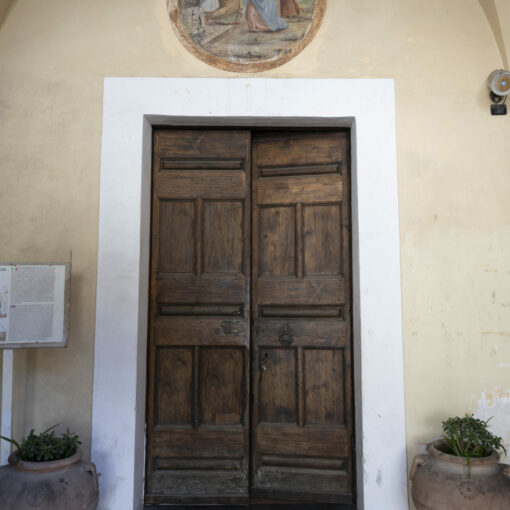The Church of Madonna delle Grazie was built in Pogerola in 1539 by a group of people from Pogerola, to fulfil a vow they had taken following a terrible plague that had struck the village.
The interior consists of a single nave with two side chapels. The right chapel contains a painting by Giovanni Bernrdino Azzolino, known as “il Siciliano”, which depicts the Death of St Joseph, while the left chapel houses the 17th-century painting of Tobias and Saint Raphael, traditionally attributed to Bernardo Cavallino.
On the altar, there are three valuable 16th-century panels divided by pilasters with capitals: the central canvas by Tobia and Vincenzo de Ponte,depicts the Madonna and Child, and was painted in 1524. The sides ones depicts St Gaetano of Thiene holding the Gospel, and the left one St Andrew the Apostle were painted at a later date.
Worthy of note is the gilded wooden bust of the Madonna delle Grazie. The uniqueness of this statue lies in the fact that a small stone is embedded in its right breast: tradition has it that a drop of milk from the Virgin Mary fell on it while she was breastfeeding baby Jesus during the flight to Egypt.
On a sunny 14th August in the late 1500s, at 2 p.m., the bells began to ring festively. The parish priest of the time rushed there with the town folks. As they entered the church, they noticed that a large quantity of milk was gushing from the breast. Every year since that day, the prodigious event is commemorated on 14th August.
The oratory to the right of the church belonged to the eighteenth-century Confraternita dell’Immacolata Concezione, and the monks’ benches can still be found here, in addition to the triptych by the Amalfi painter Leone Deliani, with Immacolata, San Filippo Neri and San Vincenzo Ferreri. The Congrega del Carmine is also documented as residing here in the seventeenth century.





